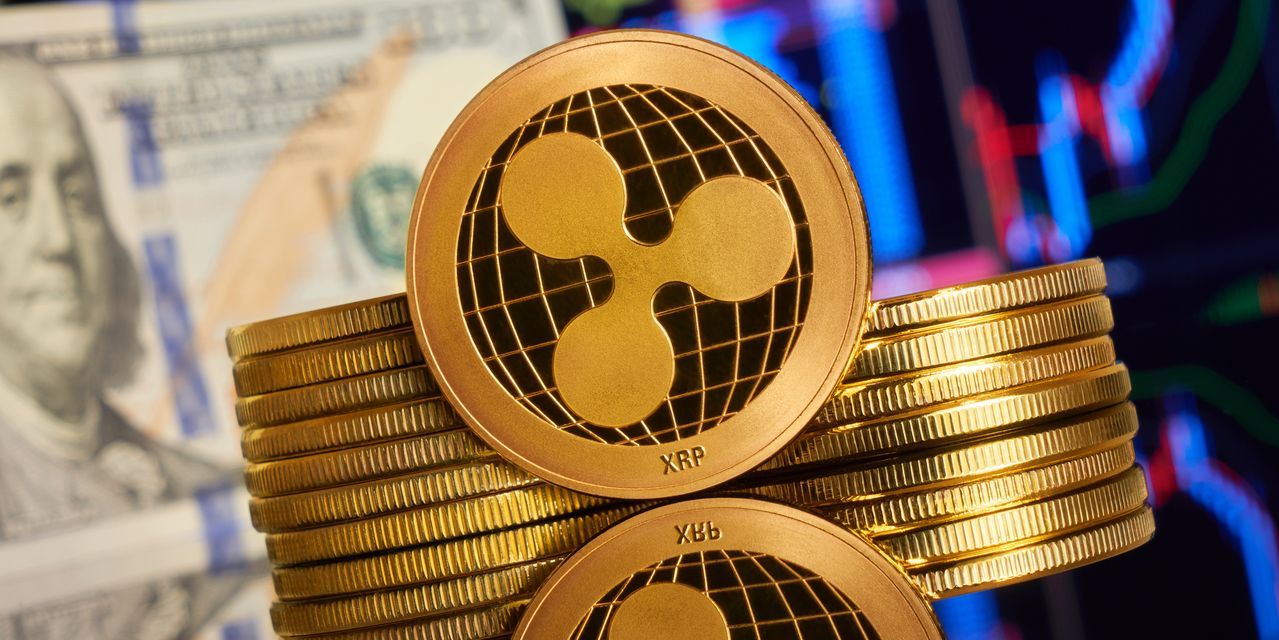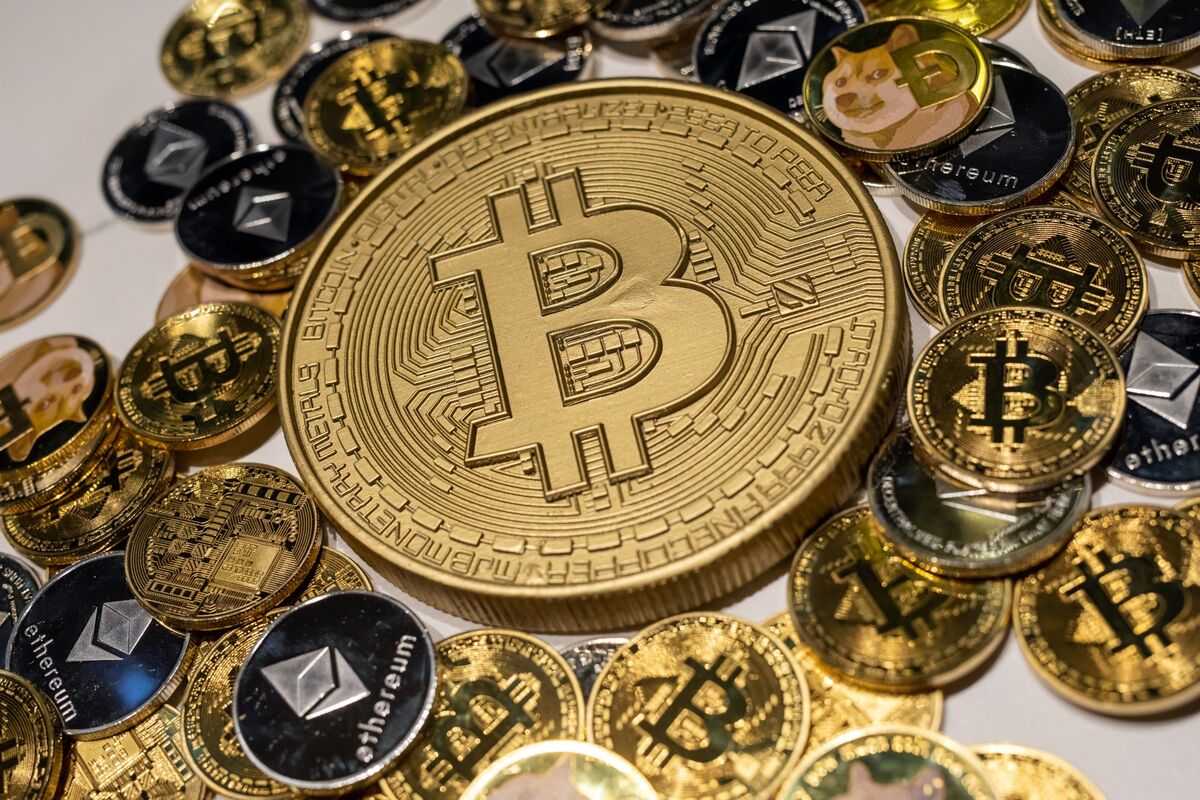On November 14, 2018, the flippening happened! Ripple overtook Ethereum. It is now the second-largest cryptocurrency by market capacity.
Ripple and Ethereum have been competing with each other for quite a while. The factors that make these two cryptocurrency projects stand out between each other are their history and contrasting approach to blockchain technology. Both cryptocurrency projects are making new strides in the emergent blockchain industry. However, the success of one might start taking market share away from the other. The entire cryptocurrency market capacity is tiny compared to traditional financial markets. Consequently, a loss in market share can lead to a seriously damaging effect on the sustainability of each blockchain’s network.
Many would suggest the separation of price from the building of technology. However, that is not possible. The technology itself fulfills a certain need. Moreover, it solves an intended problem. Nevertheless, price is important to fund the projects. Additionally, it is crucial to encourage the general public to contribute to the networks.
In the way the cryptocurrency and blockchain industry is going, today’s blue-chip projects might become irrelevant tomorrow. To keep pace and understand where Ripple and Ethereum are going, one must understand the logic behind their technology, their application, and economics.
In this article, we will address the key differences in Ripple and Ethereum. This way, the reader can build up a concise idea.
Ethereum
Ethereum is a decentralized public platform. Moreover, it allows other developers to build blockchain applications on it due to its open-sourced nature. It was launched in 2015. Moreover, it was the brainchild of Vitalik Buterin. Now Ethereum sits on the title of the second-largest cryptocurrency by market capacity just before Bitcoin. At the time of this writing, Ethereum’s market capacity is 19.8 billion. It has a circulating supply of 107.42 million tokens. Given its popularity, acquiring Ethereum is very accessible. Moreover, the platform is likely to integrate with cryptocurrency exchanges.
Foundation Of Ethereum Network
Smart Contracts
The smart contracts are codes and protocols regarded as a trustless system for fulfilling predefined terms and agreements. In a regular contractual situation, various intermediaries enforce and execute the terms and conditions. These include banks, lawyers, and consultants. These third parties, while necessary, represent both monetary and time cost to the process of executing the contract. This is where Ethereum smart contract comes in. These smart contracts eliminate the need for intermediaries. They automatically fulfill the transfer of funds or terms once certain stipulated conditions are made. The result of such a technology drastically reduces both the time and cost of contractual transactions.


Proof Of Work
The second foundation of Ethereum’s network is proof of work. This serves two critical purposes. Firstly, to tie the security of the network to the value of the platform’s native cryptocurrency, Ether. Secondly, to encourage individuals to contribute to the network through computational power. In Ethereum’s proof of work system, miners who represent contributors to computing power compete to solve mathematical puzzles. They hope to receive Ether as a reward. These Ether are extremely valuable. They are not only tradable for other cryptocurrencies and fiat. Moreover, they also serve as the acceptable form of value for services rendered on the Ethereum network. This network is known as transactions. Any transactions that take place on the Ethereum network require computational power. This is measured in ‘Gas,’ to operate. The price of ‘Gas’ is denoted in Gweis. Currently, the exchange rate between Ether and Gwei is 1: 1,000,000,000.
Ethereum Mining
The mining of Ethereum is open to all. Therefore, the Ethereum network attracts not only professional miners but also hobbyist and enthusiast. This inclusiveness has garnered a large community around the project. However, it is to note that mining Ethereum requires substantial investment in hardware, such as GPUs, to turn a profit.
Ripple
Ripple’s objective is to solve the inefficiencies present in the current financial markets through its blockchain-based solution. It focuses on cross border payments and transfer of funds. Initially known as Open coin, Ripple was released by co-founders Chris Larson and Jed McCaleb in 2012. It was before changing the project’s name to Ripple Labs in 2013. Currently, Ripple is the second-largest cryptocurrency in terms of market capacity. At the point of this writing, it has a market cap of 11 billion with a fixed supply of 100 billion XRP tokens. Most cryptocurrency exchanges are trading Ripple.
The current banking and cross border payments sector face issues. These include remittance fees and the lag time between when a transaction clears and settles. As such, Ripple’s value proposition revolves around two target audiences – network members and network users. Network members are entities who process payments and source for liquidity such as banks and payment provider. Network users are those who only send transactions comprise of corporations, SMEs, and smaller payment providers.
The Core Components Of Ripple
Network members use Xcurrent to process payments with greater certainty and efficiency. It provides real-time settlement and pre-validated transactions which eliminate failure. Besides, all network members that have a connection to Ripple’s network can communicate with each other by attaching rich data such as exchange rates, invoices, and legislative conditions when sending transactions. And so, allowing two-way communication. Besides, network members can use Xrapid to source for liquidity through digital assets, thus reducing their liquidity cost.
To allow all these different parties to connect to Ripple’s network, they are utilizing the standard interface, Xvia. This is to eliminate the need for multiple integrations.
Ripple Is Decentralized In Use
A company owns it. Moreover, it is centralized in its governance. To validate transactions, Ripple’s network employs a consensus rule. Under this system, selected participants reach consensus on the state of the blockchain. These participants’ task is to generate a list of unique nodes to vote on the state of affairs.
With the above-mentioned facts, it is easy to understand the contrast between Ripple and Ethereum. Their differences begin with their ideology right through to their utility and technological architecture.
Differences Between Ripple And Ethereum
Ripple Vs. Ethereum: Governance
The start of any debate between Ripple Vs. Ethereum will surely begin with governance. Ripple, as mentioned, is centralized in its management but decentralized in its use. This means that, while anyone can use XRP; Ripple’s native cryptocurrency, the management of the company who owns the network determines the direction of the network. While this might draw the ire from some members of the blockchain community, Ripple’s target audiences are financial institutions. As such, they are not defragmenting the financial sector. Instead, they are improving their infrastructure. Being a company also makes it easier to formalize operations and comply with regulations.
Ethereum, on the other hand, requires decentralization to function. Under the Ethereum network’s proof of work system, after successfully mining a block of a transaction, participants receive Ether. It does not only serve as an incentive for individuals to contribute to the network. It also ties the security of the platform to its value. If network security yields, the value of Ether will depreciate. Moreover, all parties including the bad actors will suffer. The transparency of transactions and decentralized nature of Ethereum prevent a single point of failure or control. At the same time, they simultaneously allow the rest of the network’s participants to witness the actions of bad actors.
Ripple Vs. Ethereum: Utility
The second major difference between XRP and ETH is their utility. XRP is for financial institutions to use to improve their operations. The Ripple network and its native token XRP facilitates both the transfer of value and the exchange of value from one currency to another. Ethereum’s Ether has qualities that allow it to function as part of a monetary system. It can be a store of value, medium of exchange, and represents a unit of account. However, the platform itself is not designed to facilitate the transfer of currency. Rather, Ethereum ‘s concept resolved around a decentralized supercomputer. It allows the building of other blockchain applications in it. Ether exists as a product of the proof of work system and an incentive.
Ripple Vs. Ethereum: Ownership
Lastly, certain individuals and entities hold ownership of XRP. At one point, 60% of XRPs supply is in an escrow. These tokens are then slowly released into the market periodically. They do not concentratedly hold Ethereum’s token supply even though the Ethereum foundation holds a sizable amount for funding operations. The concentration of tokens is crucial to each network. This is because a mass token sell-off will crash the price and affect the health of the network’s economics.
Transaction Speed
The transaction speed of a blockchain network is crucial for utility. Considering that, financial institutions require transactions to achieve a degree of finality quickly and with certainty. Additionally, to identify if an asset is deemed to be in their ownership. Users also benefit from faster transaction finality.
Currently, Ethereum can process 15 transactions per second. That is the processing of one block of a transaction at 15 seconds. This results in approximately three minutes for the transaction to reach finality at twelve block confirmations.
Ripple’s transaction per second, on the other hand, is much faster at 1,500. This means that payments made using the Ripple network can settle in four seconds. This is possible through the collection of trusted nodes. These will decide whether a transaction is valid or not without a proof of work system.
FAQs
After having a brief rundown on the differences between Ripple and Ethereum, let’s look at some commonly asked questions and misconceptions.
Is Ripple Built On Ethereum?
Ethereum allows other developers to build applications on it. However, Ripple’s network is not on Ethereum. Ripple is on its own inter ledger protocol. It is on this technology that Ripple applies its consensus system to validate transactions and accounts on the common XRP ledger. If Ripple is on Ethereum, then it will be an ERC-20 token. This will make it subject to the use of Ether to power operations on the blockchain. Besides, Ripple’s transaction per second is much faster than Ethereum. Its network is not dependent on Ethereum or Ethereum’s proof of work system to validate transactions.
Does Ripple Have Smart Contracts?
Ripple does not center around the development of smart contracts to fulfill its objective. However, it has an open-sourced prototype smart contract initiative called Codius. It functions as an open hosting protocol that simplifies the process of uploading a program. The smart contracts implemented center around the idea of smart oracles. Moreover, they are in the JavaScript language.
Codius smart contracts are designed to be secure, distributed, modular, and integrated with web technologies. With a built-in billing system, the funding to keep the program running can come from the open public.
Ripple smart contracts are still in the beta stage. Nonetheless, it will be interesting to see how it can compete with Ethereum’s network in the future. This is especially noteworthy as blockchain networks are innovating in ways to increase scalability to keep up with user demand.
How Do You Exchange Ethereum To Ripple?
Both Ripple and Ethereum are major altcoins. Both are readily accessible for trade on most exchanges. The trade from Ethereum to Ripple will usually occur on cryptocurrency to cryptocurrency exchanges such as Binance and Bittrex. Under the Ethereum market, a person can trade his Ethereum for Ripple. The price per XRP is in Ether.
Additionally, vice versa can also take place. On certain exchanges, there are XRP markets where using Ripple for trading Ethereum happens.
Ripple’s transaction fees incurred will be the trade fees from both buying and selling XRP. This is regardless of which market trade is under. Also, withdrawing Ripple from wallets will also incur a minimal transaction fee.
Can You Mine Ripple?
Despite the popularity in cryptocurrency mining, Ripple is unfortunately pre-mined. Therefore, one cannot mine Ripple for XRP tokens.
Mining will usually only take place on blockchains that require proof of work. This is because the reward form of mining is integral to the security of the network. Moreover, it serves as an incentive for the contribution of resources.
This concludes the end of this FAQ if you crave more cryptocurrency-related content stay tuned to Robots.net.



























